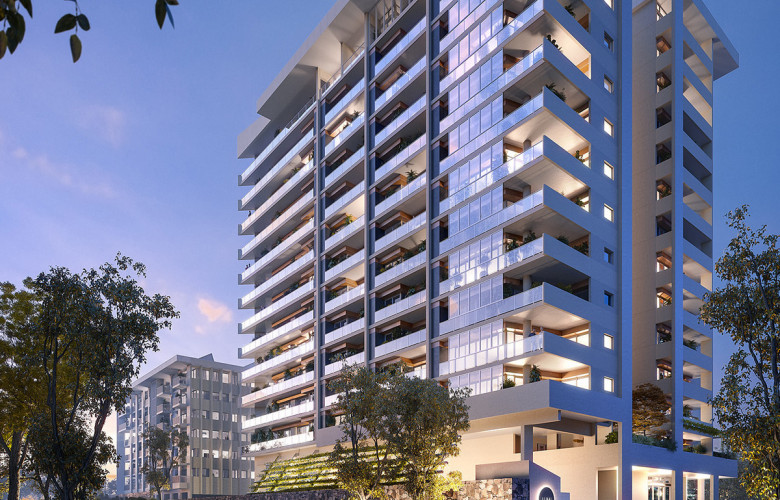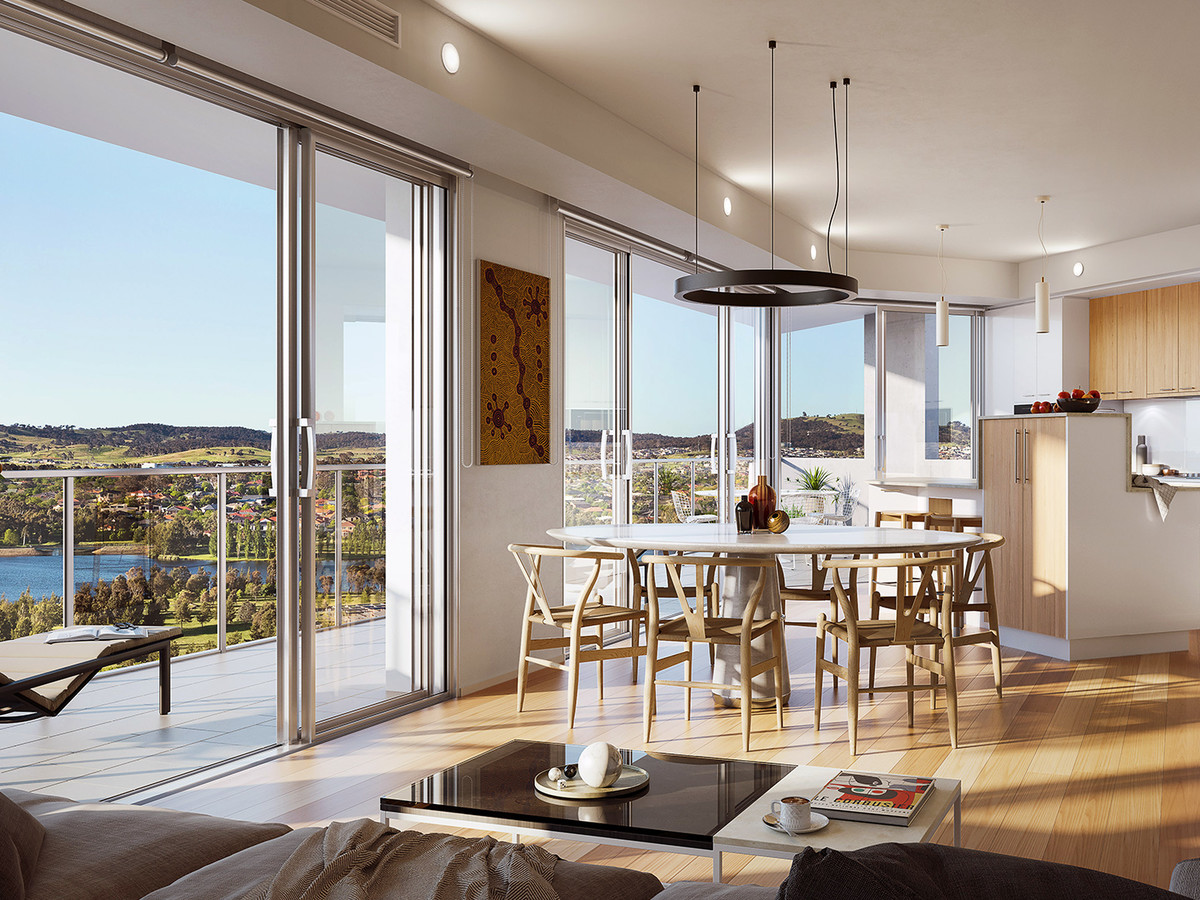Home building boom improving affordability, says new report
Contact
Home building boom improving affordability, says new report
Housing affordability has improved in most of Australia's capital cities, which one senior economist attributes to a record home building boom.
The Housing Industry Association (HIA) Affordability Index registered at 75.4 per cent - a 1.5 per cent increase in housing affordability for the December quarter last year.
Last year marked the fifth consecutive year where the building industry commenced construction of over 200,000 homes.
"It was a record year in terms of new dwelling completions," HIA Senior Economist Geordan Murray told WILLIAMS MEDIA.
He attributes the strong flow of new housing supply as being a key factor behind the moderation in price pressures in housing markets across the country.
"Ultimately, this has improved housing affordability," Mr Murray said.
"The other key factor has been the modest improvement in wages growth. Strong growth in employment over the last two years has boosted the demand for workers. We are seeing the early signs that this tightening in the labour market is translating into rising wages."
Over the December quarter, most capital cities recorded improvements in affordability. Sydney's index was up by 11.3 per cent, followed by Melbourne (5.9 per cent), Perth (up 5.7 per cent), Darwin (3.2 per cent) and Brisbane (up 0.8 per cent).
But housing affordability declined in Hobart with its index falling by 9.3 per cent, followed by Canberra falling 3.6 per cent and Adelaide at 3.3 per cent.
Despite Sydney and Melbourne leading the pack for affordability improvements, Mr Murray says these cities are still considered unaffordable.
“Despite the improvement in affordability over recent quarters, housing in Sydney and Melbourne remains far from affordable for average households. We will need to see wage growth continue to exceed home prices in order to restore more appropriate levels of affordability."
Will the building boom last?
Recent data from the Australia Bureau of Statistics (ABS) revealed that new home approvals have slumped to their lowest level in five years.
Approvals fell by 9.1 per cent in November last year to reach their lowest level since August 2013.
The decline was driven by multi-unit homes, which fell by a whopping 18.4 per cent.
Diwa Hopkins, HIA economist told WILLIAMS MEDIA the credit squeeze is weighing on the homebuilding sector.
Tim Reardon, HIA Principal Economist said there's a strong risk the homebuilding sector could nosedive this year.
“With the Royal Commission scheduled to release recommendations early next year, there is a risk that the credit squeeze may drag on into 2019. The residential construction sector is already cooling. Policy makers will need to proceed cautiously when responding to the Commission’s recommendations,” Mr Reardon said.
Related reading:
Calls for action as new home approvals continue falling









